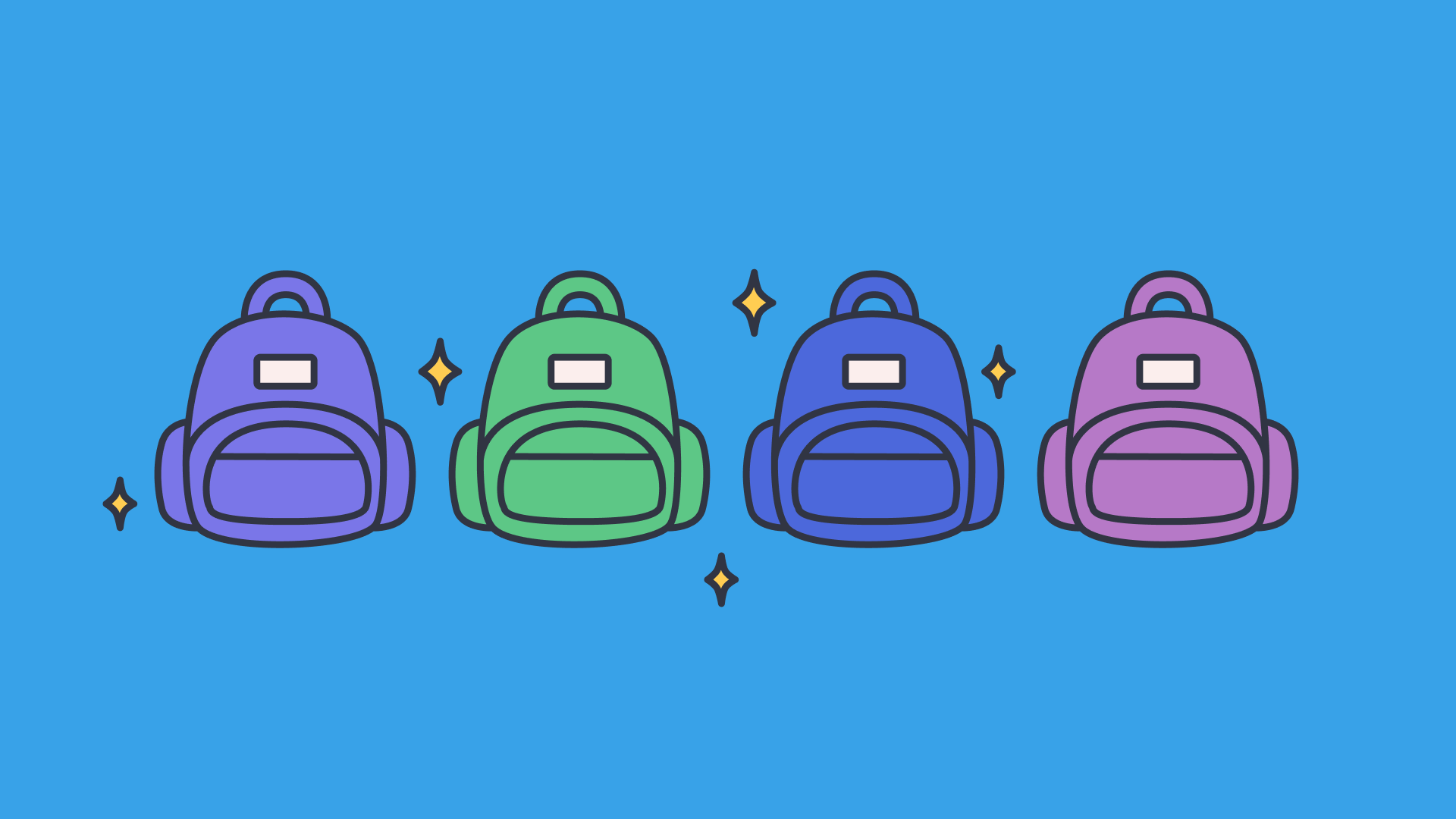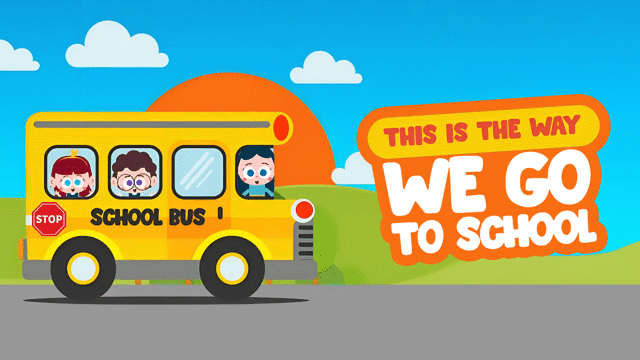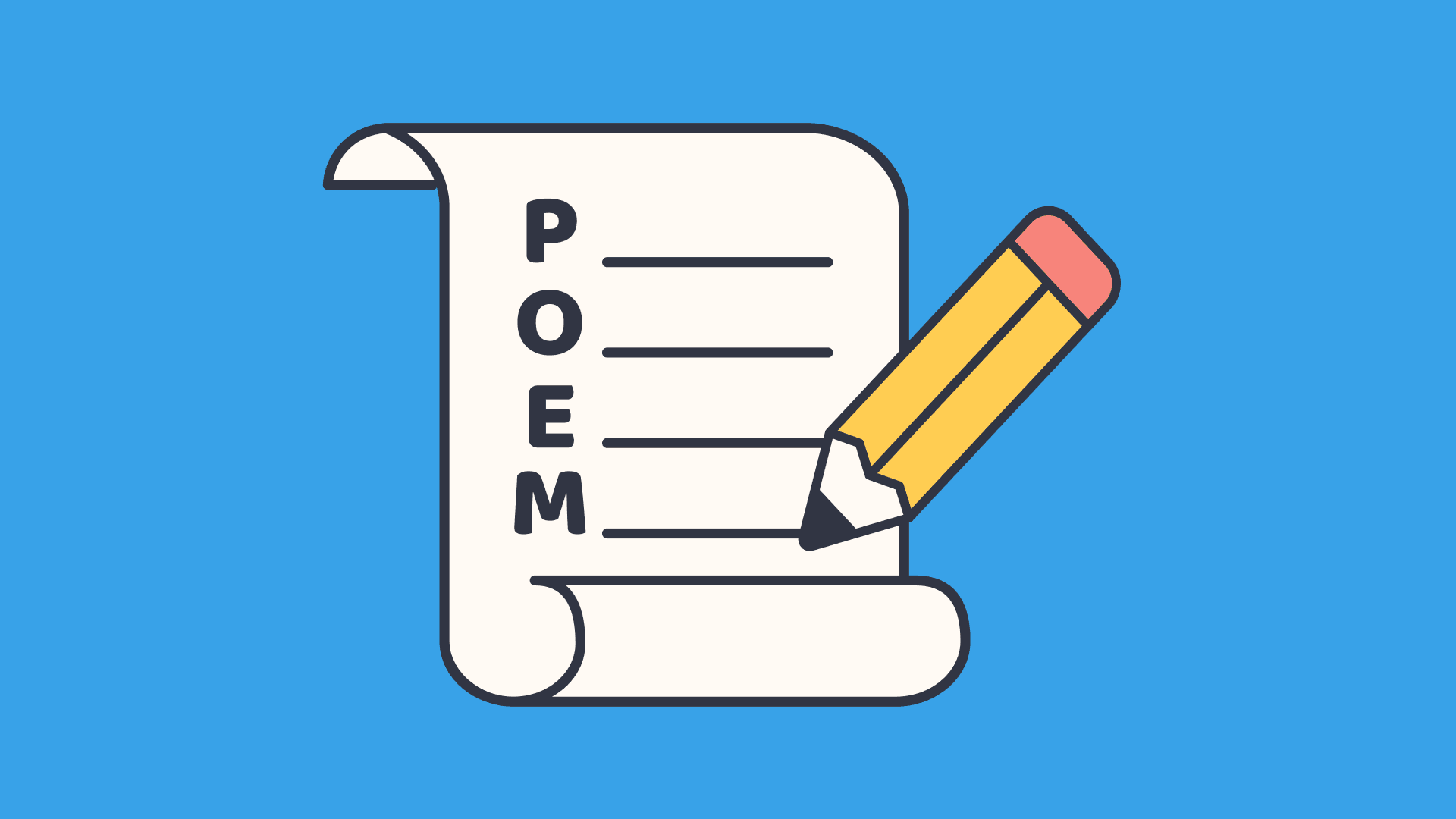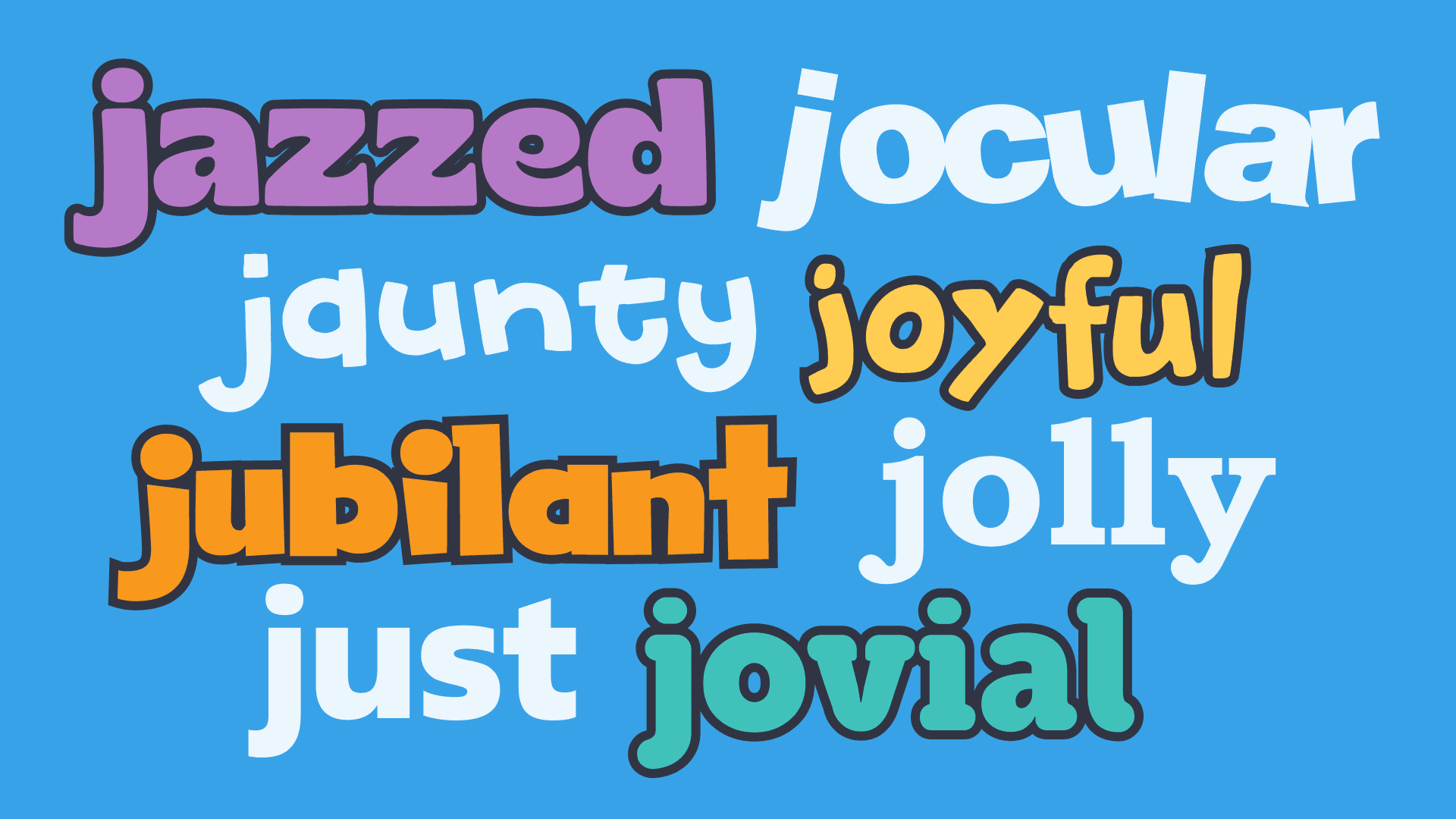Back to school activities for different year levels
In this guide
Back to School season can be an exciting time of year. As teachers prepare for students to return to the classroom, it might feel a little overwhelming because they may not know how to kick off the year.
You might be thinking, “How do I help my new students feel welcome?” or “What is the best way to build rapport with my students?” or “What are some fun activities I can do, to get them excited to be in my classroom?”
Not to fear! Here are some fun ways to start a school year off right, for both the teacher and the students.
Back to school activities for primary students
1) Back to school songs and videos
If you teach the younger students, they are most likely a combination of excited and nervous to start a school year. They have a lot of energy (and I mean A LOT), especially at the prospect of meeting their teachers and seeing their friends again.
So, what better way to use that energy for something positive in those first few days of school than with a song or a fun video?
You can use any or all of these videos to help them either learn or remember the basics of going to school. This is a fun way to get the whole class involved and help them adjust to the start of a new school year.
Check out these videos of Back to School songs from ClickView:
- This is the Way We Go to School
- Our School
- School Days
- Welcome to Big School
- Places at School
- I Love School
And these Back to School videos from ClickView:
2) All about me
When you get that class list right before school starts, you might be wondering how to get to know your kiddos. You probably want to know their interests, strengths, home life dynamic, personality, etc.
For example, a simple and quick activity I have done is called “That’s Me”:
- You can either just have students stand or sit, or have them move to different sides of the room for this activity.
- Start by making a statement that would apply to some students, but maybe not all. (Eg: I have lived here my entire life)
- Students that agree with the statement say, “that’s me!” out loud, and stand up/move to the side of the room.
- Those that it doesn’t apply to stay seated/move to the other side of the room.
- Depending on the year level and your class, you can let volunteers make statements.
Honestly, this is something that can work for any year, but here are a couple of example forms that you can ask primary students to fill out on one of the first days of school:
3) Team building
Something I always prioritised in my classroom at the beginning of every school year was building a sense of community and belonging. It’s super important that kids feel welcome and a part of your class family.
There are many ways to do this, but one of those ways is through team building activities. This gives the students opportunities to work together, build trust and communicate with each other. It is also a great way to increase their comfort level with their peers.
One activity that can build community in your classroom would be to use puzzles. I would go to the dollar store and buy enough puzzles so there’s one per group of 4-5 students.
Depending on the year level, you could decide the size of the puzzle. But even a 24-piece puzzle will work with upper primary students.
They need to work together to build the puzzle. You could make it a competition, by timing them or saying the first group to create their puzzle wins.
To add a challenge, you could take one piece out and put it in another’s group’s puzzle box. This then requires them to communicate with other groups.

4) Establishing class jobs
Something that I think helps set the tone and create structure for your classroom early on is to establish class jobs.
Chances are, you’ll need different tasks done right away, so it’s a great idea to set this up as soon as possible. Maybe not the first day of school, as a lot is happening, and both you and the kids are most likely going to be overwhelmed and tired that day. No need to add more to that whirlwind.
But within the first couple of days, you could spend some time explaining different roles and expectations for class jobs with your students.
This will help them feel a sense of community, responsibility and that your classroom is a family that works together to help one another.
Every classroom is different. From subject, year level, type of school and basic day-to-day logistics, there would be unique roles that could need to be filled. Plus, the age of your students will depend on what you may be able to assign as a job (ex. You could have a pair of year 4 students take out the recycling to a nearby building, but I don’t imagine you’d have Kindergartners doing that).
The first steps to classroom jobs would be explaining and establishing them. Kids need to know:
- What are the jobs?
- What will be the responsibilities?
- How often will you rotate?
- How are students picked for the jobs?
It’s also helpful to have a designated area where you post the classroom job assignments.
Here’s a video that could help students understand the concept.
When I taught Year 5, I rotated jobs every Monday. Those jobs included: Office/Library books/Lunch orders, Lunch Helpers and Table Leader (based on the colour of their desk name tag). I also always had substitutes, if any of the students were absent during their job assignment.
I wrote every student’s name on a paddle pop stick, which I would pull randomly and give them different jobs. This is an easy way to add or remove any names of students that join or leave your class during the year.
This was all displayed on a bulletin board near the door, and served as a great visual reminder of who was responsible for what each week.
Here’s an actual picture of what my Classroom Jobs bulletin board looked like (I decorated my classroom in a superhero theme):

Back to school activities for high school students
In some ways, high school students can be a lot like the little ones at the beginning of the school year: excited, scared, chatty, and eager to meet you and their peers. However, they are coming to your class with more years of school, which means they probably have had both good and not so good experiences of starting a new school year.
And let’s be honest, they are also hormonal and sometimes harder to impress. Plus, they are socially awkward with each other. This can make it a bit more challenging to come up with ways to start the school year.
But I’m here to help. I’ve taught students from years 6, 7 and 8, plus I am a parent of a 16 year old and 19 year old. I have some insight into what will work in your classroom so that you can start off on the right foot.
1) All about me (High school edition)
As with primary, it’s important that you get to know your students. It will help your relationship with them, which could in turn help with their behaviour choices in your classroom (see my blog on classroom management for more commentary on this concept).
You might not know where to start. Now, I will say that a lot of the activities mentioned above for primary school students could work quite well for older kids, but I do want to share some insight into high school.
This could look as simple as having kids fill out a card with some basic information about themselves. You can keep these in a filing cabinet, so you can refer to them later. Or, you could do a digital version on Google Forms.
I have also had students create a personal Mandala. A Mandala is a diagram usually uniquely shaped (typically round), and represents symbols, beliefs, interests, essentially a story of the person that created it.
This is how I did it:
- Explain Mandalas to the students.
- Have students think of a shape that represents them (a football, a heart, or maybe they just want a simple circle).
- Within their shape, they will include things that tell their story: friends, family, hobbies, talents, interests, places they’ve lived or visited, etc.). This should be mostly drawings, but could include words or small phrases.
- Have them add colour and shading to create detail.
- Cut out the shape.
- Students could share these in small groups or even with the class.

2) Icebreakers/team building (High school edition)
Like the team building activities for primary students, high school students need you to provide opportunities for them to get comfortable in your classroom and get to know their peers.
As I mentioned earlier, teenagers are awkward. And shy. And it can be hard to get them to open up, especially to new peers.
Here’s something I did with my year 7 and 8 students (and they LOVED IT every single time, and often requested it throughout the year).
I called it “I Like My Neighbour”:
- Before the class starts, move chairs into either a circle (if you’ve got the room), or at least two parallel lines. But always have one less chair than people in the room (count yourself, if you’re going to play–which I encourage!) I usually move the chairs the afternoon before, to save time in the morning. But students could also help you move furniture around.
- Have students sit in a chair, but one will have to stand.
- The standing student will be “It”, and they will stand in the middle (or off to the side if need be)
- The student that’s “It” will make a statement that applies to them, and at least some of the other people in the room, by saying, “I like my neighbour who…” This could be related to clothing, siblings, classes, interests, etc. (ex. “I like my neighbour who takes the bus to school”).
- Every student who the statement applies to must get up and find a different seat. The student whose “It” tries to steal one of the seats.
- The student without a chair is now “It”.
- Now they make a statement.
- This can continue as long as you want.
3) Helping them with the transition
Moving from primary to high school (or even from one year level to the next) can be scary and intimidating. Kids feel afraid or worried about the changes: friends, classes, expectations, etc.
Here are some ClickView videos that you could show your class, to get the ball rolling. I would encourage incorporating some discussion afterwards. This way, you can reassure them that although transitions can be hard, it will get easier over time.
It can be comforting for them to hear from their teachers that they understand and recognise these worries. And that it’s normal to feel a little uneasy.
Depending on time and the subject you teach, I would encourage you to let them journal or write their concerns down. This will give you a chance to see what’s on their minds, and what you might want to cover in class on this subject.
Another thing that can help students with the transition is to have students the previous year write letters of advice to the next group. The group that’s on their way out will love getting to share their knowledge with the “newbies”. And the new students really get a kick out of reading letters from last year’s students.
This may bring them comfort, as it comes from their peers, instead of just from you. I will note that I give very specific instructions to the previous year’s students on what should be included, and I read every letter before it was submitted. I wanted to make sure they were positive and appropriate.
References
- “All about me preschool template | 6 Best Images of All About Me Printable Template – All .… | All about me worksheet, All about me preschool, All about me printable.” 2019. Pinterest. https://www.pinterest.com/pin/835277062120286771/

Rebecca Robison
briefcase iconEducational Consultant/Middle School Teacher
Rebecca Robison is a former teacher with over 20 years of experience, ranging from 1st grade to 8th grade, and in multiple subjects. She retired from teaching in 2023, and has been working for ClickView ever since as an Educational Consultant and Blogger.
Other posts
Want more content like this?
Subscribe for blog updates, monthly video releases, trending topics, and exclusive content delivered straight to your inbox.















